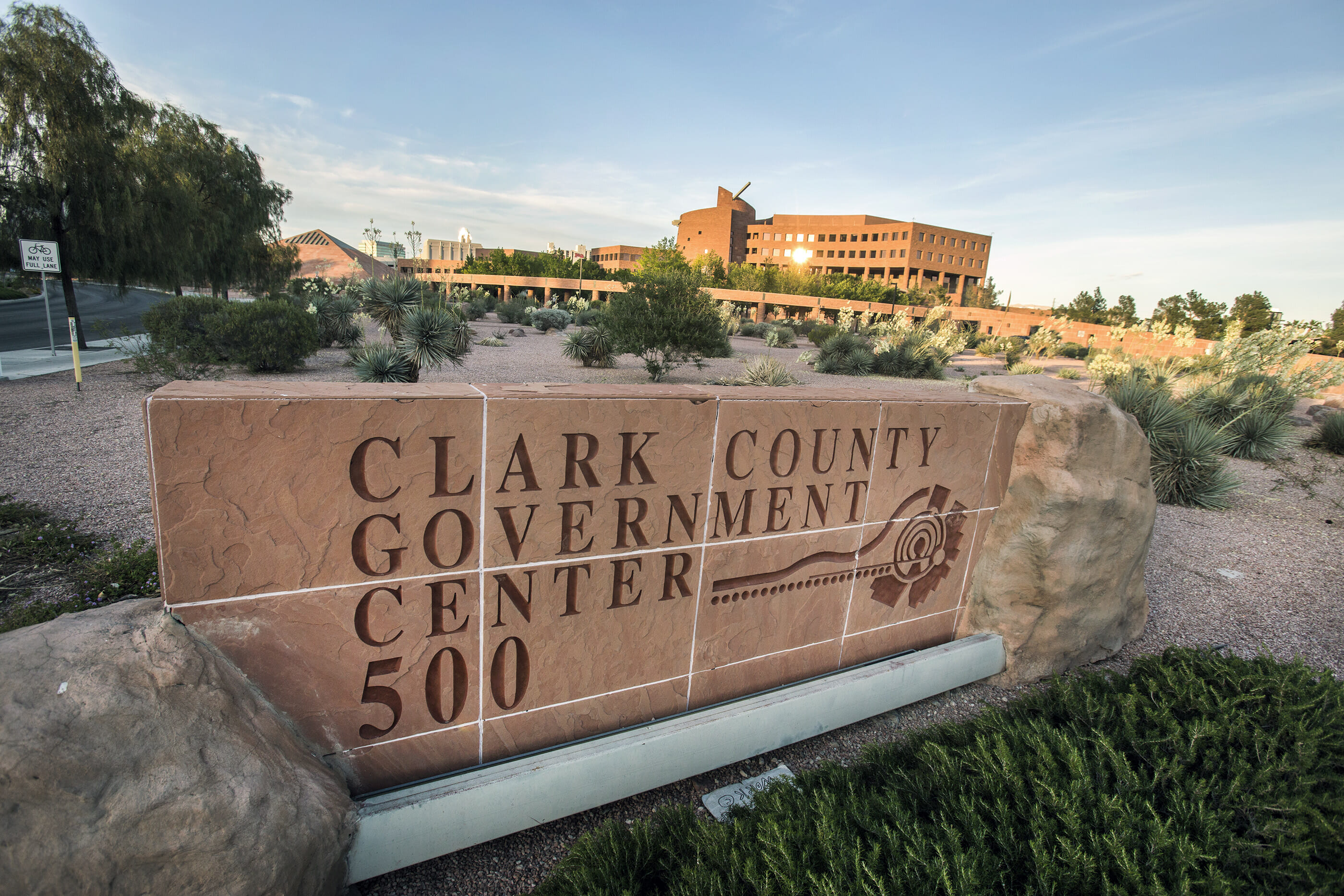Conservation groups prioritize permanent protections, environmental law in Clark County lands bill

Fourteen state and national conservation groups sent a letter on Friday to the congressional delegation, stating that any future Clark County lands bill must not “undermine public participation” or “undermine bedrock environmental laws.”
The letter, which included five principles the groups want incorporated in a bill, comes as Clark County pursues public land legislation in Congress. It also states that the process must include tribal consultation and that the legislation should have “permanent protection” for conservation land.
If passed, the county’s draft bill would open about 56,000 acres of federal public land for development, directing most of that potential growth down the I-15 corridor toward the California border. When the County Commission passed a resolution to move forward with the legislation last year, the board sought to offset the impact of development by setting aside land for conservation.
As county staff has worked to write the bill, conservation groups have raised concerns that the draft legislation doesn’t go far enough to protect public land or imperiled species, including the Mojave desert tortoise, that are threatened by new development around the Las Vegas valley.
Over the past few months, groups have sent letters to the county addressing their specific concerns. But the letter Friday, signed by an array of groups that often lobby for different goals, was meant to signal that the conservation community was unified in pushing to include certain principles in the bill.
“There is a lot that’s threatening our environment and our landscape,” said Brian Beffort, who serves as director of the Sierra Club’s Toiyabe Chapter. “And we need a collective response.”
The groups include Friends of Nevada Wilderness, Nevada Conservation League, Conservation Lands Foundation, the Sierra Club Toiyabe Chapter, National Parks Conservation Association, Protectors of Tule Springs, the Wilderness Society, the Center for Biological Diversity, NRDC, Save Red Rock, Friends of Sloan Canyon, Defenders of Wildlife, Red Rock Audubon and the Great Basin Water Network.
Jocelyn Torres, Nevada director for the Conservation Lands Foundation, said the letter was an important way to share “with the delegation and other decision-makers what we expect.”
The bill has yet to be introduced in Congress.
One of the common concerns about the legislation is that it could sidestep NEPA, the federal law that requires agencies to analyze the impacts a development or federal action might have on the environment. Typically those environmental inventories take place prior to an agency making a decision. Some conservation groups worry the county could shortcut the process by having Congress predetermine an outcome, especially involving the Endangered Species Act.
They worry that it could lead to politics — instead of science — dictating how best to protect dozens of species covered under Clark County’s Multi-Species Habitat Conservation Plan.
Under the current bill, the county is proposing to designate nearly 298,052 acres of land Areas of Critical Environmental Concern (ACECs). The bill contemplates using that conserved land to offset the impact of development on desert tortoise habitat with an acre-for-acre credit. For every acre conserved, an acre could be developed. Some conservation groups argue that the ratio ought to be far higher, and the county should do more to evaluate whether the land is suitable mitigation for the desert tortoise.
Marci Henson, who directs the county’s air quality department and is leading staff in drafting the bill, said the ratio did not preclude the U.S. Fish and Wildlife Service from requiring more land be conserved in the future. She said that although there is an acre-for-acre credit, it would not necessarily permit 298,052 acres of new development. Some of it could apply to already permitted development.
“It’s good to see the conservation groups put down their overriding principles as well,” Henson said, noting that the county went through a similar process in outlining its principles with the resolution last year. “We look forward to working with them through the legislative process.”
The principle that the lands bill avoid undermining NEPA was not directed at any specific issue, Torres said. Rather, it was meant to lay out something akin to a line in the sand for the groups.
“We’ve been seeing an attack on NEPA with the Trump administration, and that’s been trickling down in a number of different management plans [throughout the country],” she said.
Other groups have pushed for more wilderness and conservation protections. The current draft of the bill would add about 82,000 acres of wilderness in Clark County. Once the legislation is introduced, it is possible that Congress could designate more land for conservation. Although Congress has designated millions of acres as conservation land, ACECs are determined in a local administrative process, and they can be managed for a variety of different purposes.
This story was updated at 8:27 a.m. on Oct. 8, 2019 to indicate that the Great Basin Water Network also signed onto the letter.
